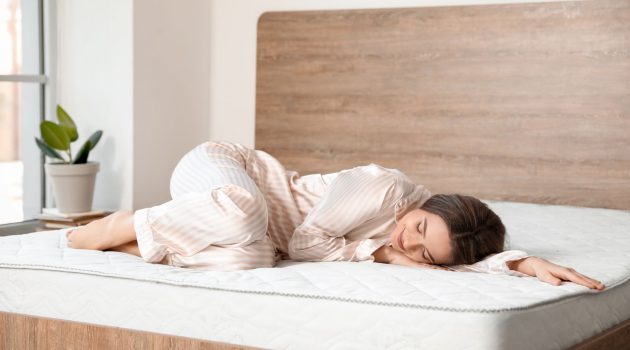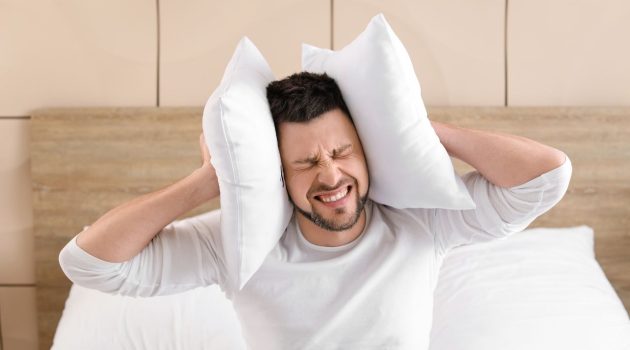In today’s fast-paced world, finding time to rest can be difficult, and getting a good night’s sleep regularly may seem like a far-off dream.
However, sleep is as essential to good health as exercise and a balanced diet, and it positively impacts brain function, mood, and overall well-being.
The risk of developing several illnesses and disorders increases if you regularly do not get enough quality sleep. These health issues ranging from heart disease and stroke to obesity and dementia.
Sleep experts emphasize that getting good sleep entails more than just the number of hours you sleep.
It also involves the quality of sleep, which means uninterrupted and rejuvenating rest, and sticking to a consistent sleep schedule.
Individuals who work night shifts or have irregular schedules may face additional challenges when obtaining quality sleep.
Additionally, times of immense stress, such as the ongoing pandemic, may disrupt our typical sleep patterns. There are various ways to improve the quality of one’s sleep.
This article acts as a guide to choosing the perfect bed and, by doing so, ensures an excellent night’s sleep.
1. Choosing the correct mattress
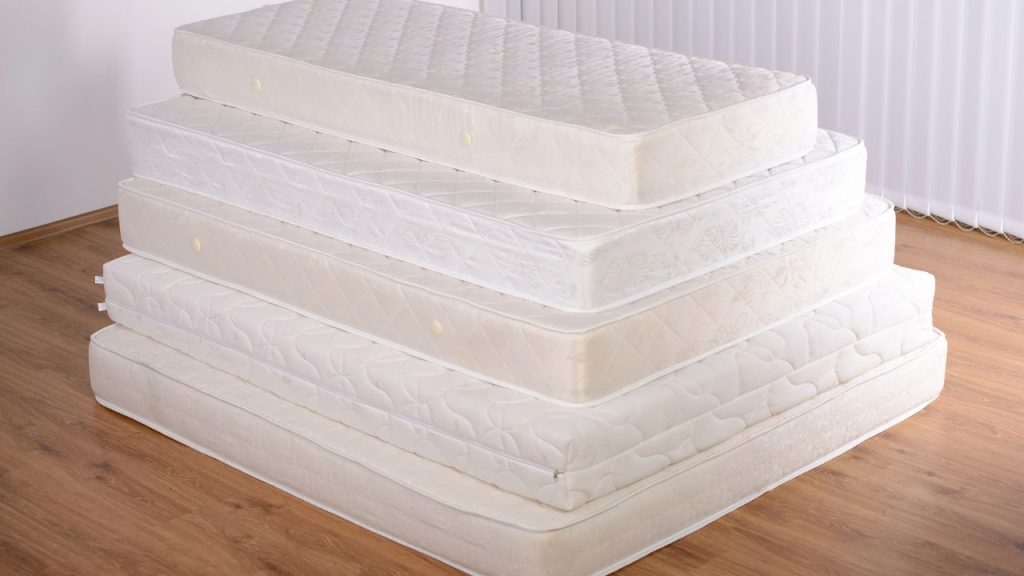
Generally, there are five mattresses: foam, innerspring, hybrid, latex, and airbed.
Understanding the basics of each mattress type can provide a foundation for your search for the best mattress.
- Foam mattresses are made entirely of foam and offer excellent contouring, pressure relief, and motion isolation, making them ideal for side sleepers and couples. Memory foam is the most well-known foam used in these mattresses.
- Innerspring mattresses have a coil-based support system with minimal additional layers. They offer support but lack pressure relief and motion isolation. Their bouncy sleeping surface and affordability make them popular among budget shoppers.
- Hybrid mattresses have an innerspring support core and a powerful foam comfort system. These mattresses blend bounce and contouring with low heat retention and are suitable for sleepers in any position, depending on how they are constructed.
- Latex mattresses are made entirely of latex rubber and provide top-notch bounce and durability with moderate contouring. They are a popular choice for eco-conscious shoppers when made with natural and organic latex.
- Airbeds have an air chamber as their support core and come with a pump that can add or remove air with a button, allowing maximum firmness and flexibility. Couples enjoy air beds because each side can be set to a different firmness level.
2. Sleeping Position
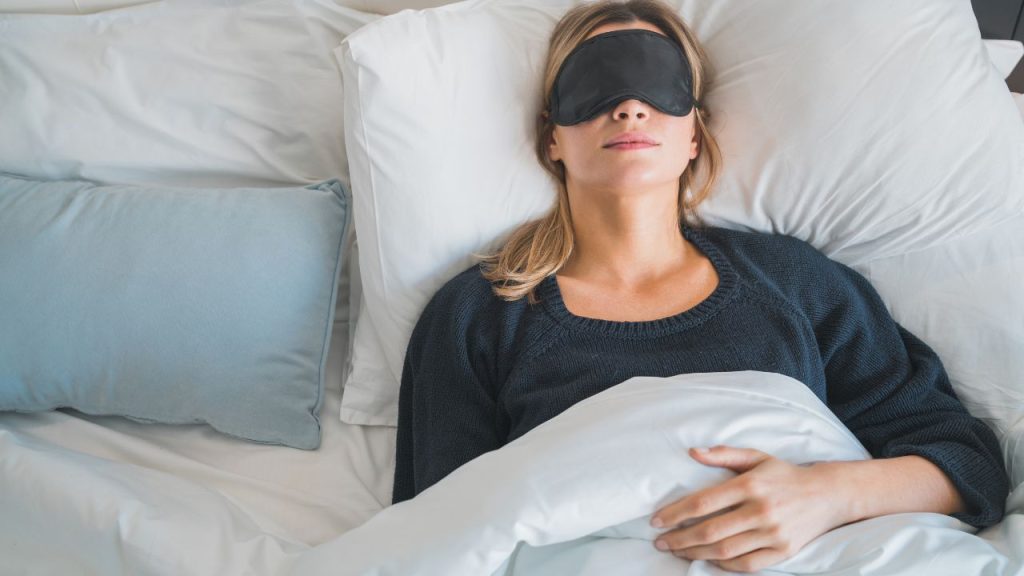
Your sleeping position plays a vital role when choosing a perfect bed. The position you fall asleep in and wake up in can provide valuable information.
The level of support you need for spinal alignment will differ depending on your sleeping posture.
Choosing a mattress accommodating your position can enhance comfort and reduce aches and pains.
Back Sleepers
Back sleepers put the most pressure on their lower back, so a mattress that’s too soft can cause the torso to sink too deeply, creating a U-shape and putting strain on the back.
On the other hand, a mattress that’s too firm won’t accommodate the slight curve in the lower back. Back sleepers typically do best with a Medium Firm to Firm mattress with light to moderate contouring.
Side Sleepers
Side sleepers have pressure points where the body is the widest, such as at the shoulders and hips.
A too-soft mattress can cause these points to sink out of line with the rest of the spine, while a too-firm mattress can lead to misalignment and discomfort. A Medium Soft to Medium Firm mattress is the best option for side sleepers.
Stomach Sleepers
Stomach sleepers also put pressure on the lumbar spine and do best with a Firm mattress that helps keep their spine in alignment and doesn’t feel suffocating when lying face-down.
Combination Sleepers
Combination sleepers switch between different positions throughout the night. They should choose a mattress based on the position they spend the most time in.
If there’s no primary position, a Medium Firm mattress is a safe choice across all sleeping positions. Combination sleepers should also look for a responsive mattress that makes it easy to move around during the night.
3. Body Types
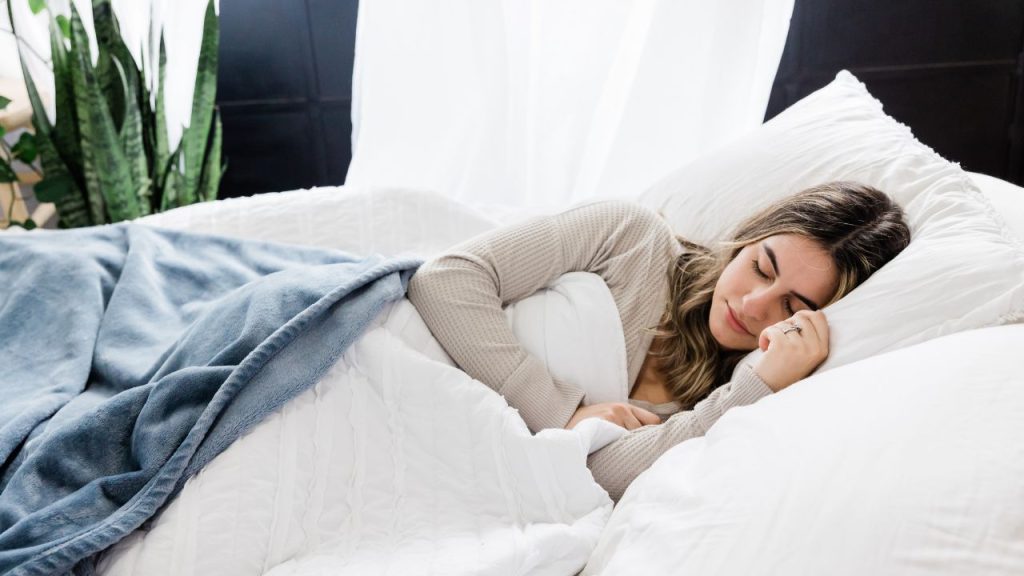
In addition to sleeping position, body shape, and weight are important factors to consider when choosing a mattress that provides optimal spinal support and comfort.
Individuals who weigh less than 130 pounds typically require a softer mattress to achieve proper contouring, mainly if they sleep on their side or have pressure points.
Innerspring mattresses are often unsuitable for these individuals, and foam or hybrid beds may be better options.
Those weighing 130 and 230 pounds can generally follow recommendations for mattress firmness based on their sleeping position.
Foam, hybrid, and latex mattresses are all viable choices and can be selected based on their unique features and designs.
On the other hand, those weighing over 230 pounds may sink too deeply into a mattress, especially around heavier parts of the body, which can negatively affect spinal alignment.
These individuals typically benefit from firmer mattresses to avoid this issue.
A responsive mattress is also essential for individuals over 230 pounds, as it allows for more effortless movement on the bed and reduces the likelihood of feeling stuck.
Latex and hybrid mattresses are known for being the most responsive.
Additionally, durability is crucial for sleepers of all weights, but individuals over 230 pounds may cause more wear and tear in the top layers of the mattress.
Therefore, they often prefer mattresses with thicker comfort systems that use high-density materials. Body shape also plays a role in selecting the right mattress.
Those with broader shoulders or hips may require a softer mattress with more contouring, mainly if they are side sleepers. Lastly, individuals over six feet tall should consider mattress dimensions to ensure they have enough space to stretch.
In Conclusion
Getting a good night’s sleep is as essential as exercise and a balanced diet, and it positively impacts overall health, brain function, and mood.
Lack of quality sleep can increase the risk of developing illnesses and disorders ranging from heart disease and stroke to obesity and dementia.
Choosing the right bed is crucial, and understanding the basics of the five mattress types, sleeping positions, and body types can help achieve optimal spinal support and comfort.
Back sleepers typically do best with a Medium Firm to Firm mattress, while Side sleepers should consider a Medium Soft to Medium Firm mattress, and Stomach sleepers do best with a Firm mattress.
Combination sleepers can choose a Medium Firm mattress.
Body shape and weight also play an essential role, and individuals over 230 pounds typically benefit from firmer mattresses to avoid sinking too deeply into the bed.
In comparison, those weighing less than 130 pounds require a softer mattress. Finally, individuals over six feet tall should consider mattress dimensions to ensure they have enough space to stretch.

